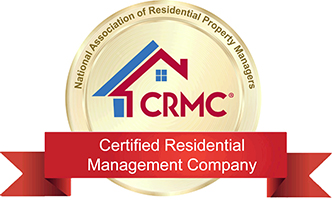How does mold grow in the desert?
Steve Schultz - Friday, June 20, 2014
 The following is an article from one of my favorite contractors, Commercial Cleaning and Restoration. They are a carpet cleaning and restoration company here in Tucson, AZ. You can visit their website at GotWetWeDry.com or call them at 520-297-4736. There is a common misconception that because we are in the desert, mold cannot grow in our climate. Unfortunately, that is not the case. Please continue reading to better understand how mold can grow in the desert...
The following is an article from one of my favorite contractors, Commercial Cleaning and Restoration. They are a carpet cleaning and restoration company here in Tucson, AZ. You can visit their website at GotWetWeDry.com or call them at 520-297-4736. There is a common misconception that because we are in the desert, mold cannot grow in our climate. Unfortunately, that is not the case. Please continue reading to better understand how mold can grow in the desert...
 The following is an article from one of my favorite contractors, Commercial Cleaning and Restoration. They are a carpet cleaning and restoration company here in Tucson, AZ. You can visit their website at GotWetWeDry.com or call them at 520-297-4736. There is a common misconception that because we are in the desert, mold cannot grow in our climate. Unfortunately, that is not the case. Please continue reading to better understand how mold can grow in the desert...
The following is an article from one of my favorite contractors, Commercial Cleaning and Restoration. They are a carpet cleaning and restoration company here in Tucson, AZ. You can visit their website at GotWetWeDry.com or call them at 520-297-4736. There is a common misconception that because we are in the desert, mold cannot grow in our climate. Unfortunately, that is not the case. Please continue reading to better understand how mold can grow in the desert...





